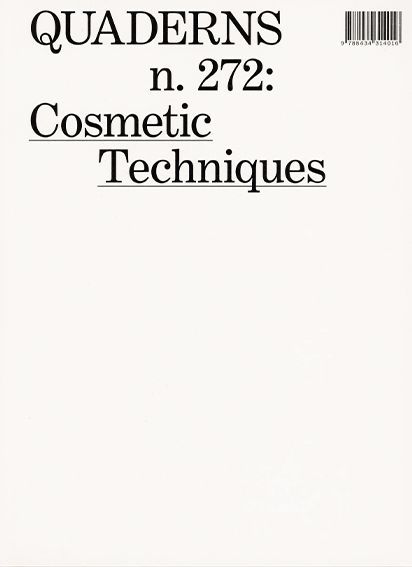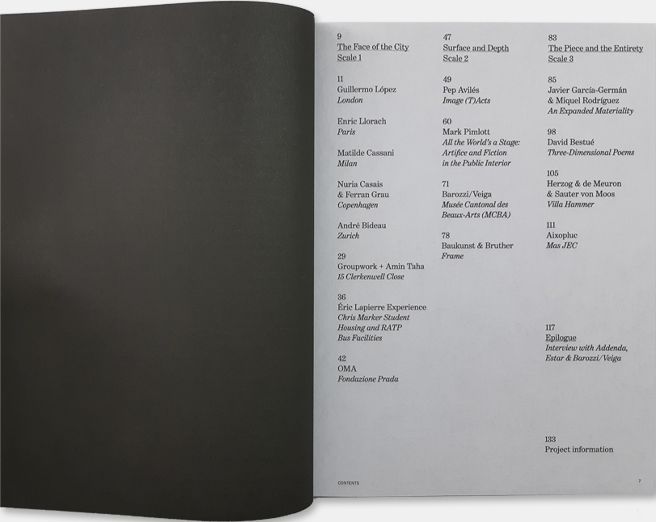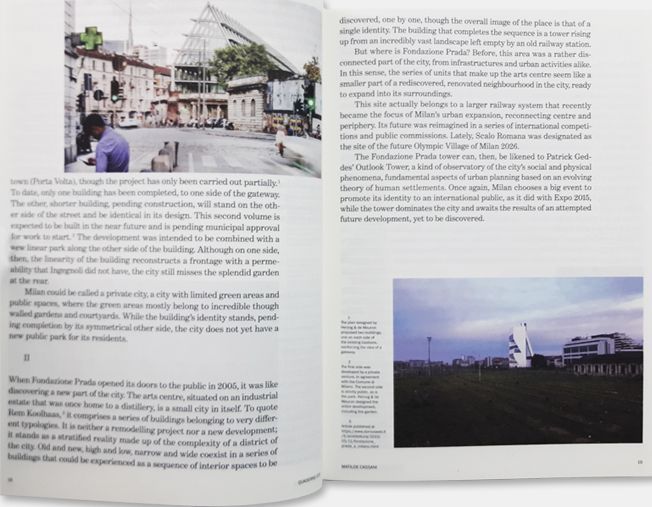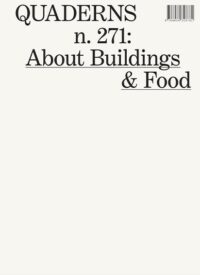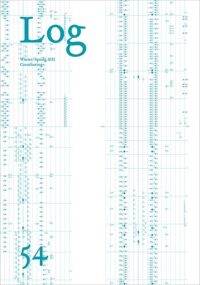Quaderns #272
Cosmetic Techniques
Essays by Guillermo López, Enric Llorach, Matilde Cassani, Nuria Casais and Ferran Grau and ré Bideau, Pep Avilés, David Avilés, Mark Pimlott, Javier García-Germán and Miquel Rodríguez
€25,00
The etymology of the term cosmetic combines the idea of order with that of ornament (beauty and image), creating a dual synergistic bond. With the extensive use of cosmetic techniques ornament becomes a tool that takes on new meanings, wider-ranging and even less apparent. The unfinished, the discreet, the lavish or the technified, is also, the, in its own way, ornamented.
140 pages
Paperback, 19x26 cm
English, Catalan
Polígrafa, 1st edition 2020
ISBN 9788434314016
Paperback, 19x26 cm
English, Catalan
Polígrafa, 1st edition 2020
ISBN 9788434314016
